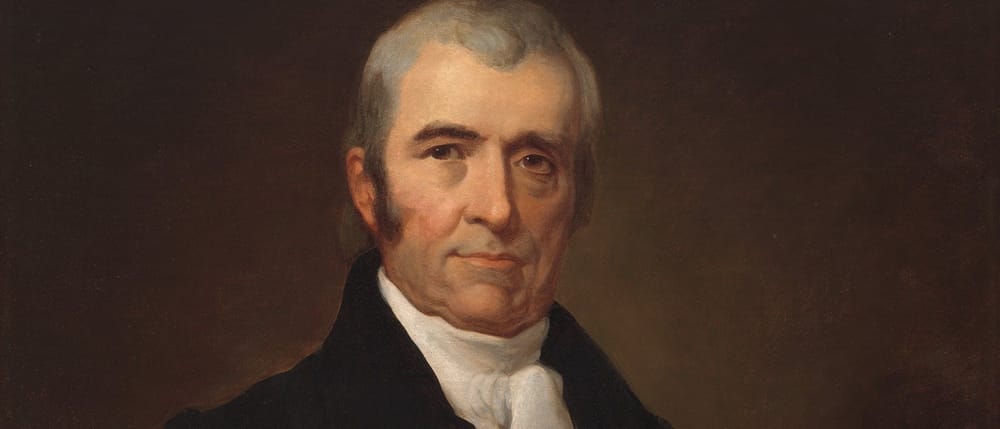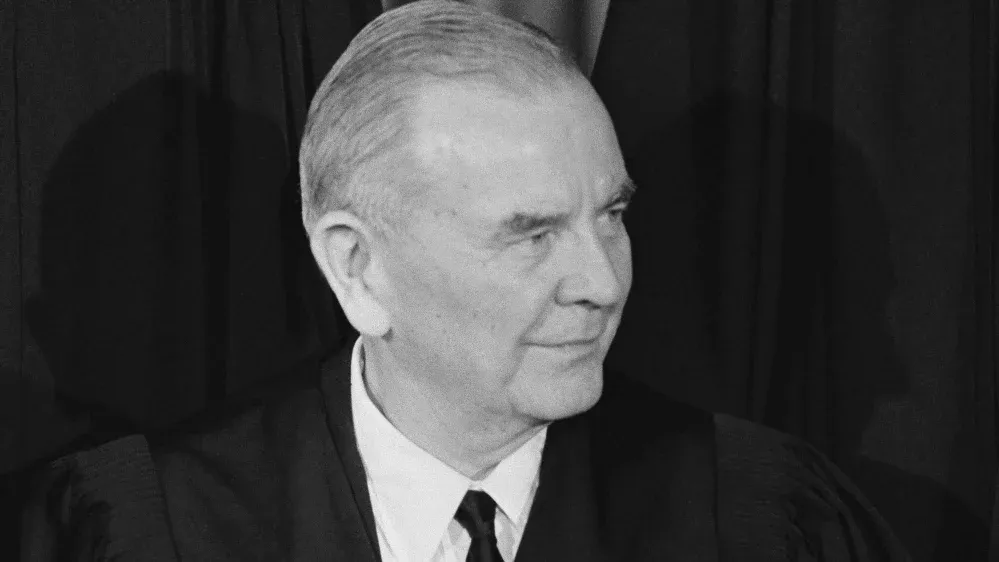In the annals of American history, few figures have had as profound an impact on our nation’s legal system as John Marshall. Serving as the fourth Chief Justice of the United States from 1801 to 1835, his tenure was marked by landmark decisions that helped shape and define both constitutional law and judicial review. His influence extended far beyond his time on the bench; it continues to reverberate through our modern understanding of jurisprudence.
Marshall's legacy is built upon a series of significant cases that he presided over during his lengthy term. These cases not only established important legal precedents but also solidified the power and independence of America’s judiciary branch within its federal government structure. This article will explore some notable examples which illustrate how John Marshall shaped U.S Supreme Court into what it is today.
Marbury v. Madison (1803)
This case remains one of most famous in US history due to its establishment principle judicial review - ability for courts declare laws unconstitutional thereby checking legislative executive branches government It set stage future rulings would continue uphold this critical check balance
McCulloch v. Maryland (1819)
The McCulloch decision further expanded powers federal level asserting Congress possessed implied addition those explicitly enumerated Constitution ruling reinforced supremacy national state governments paving way increased centralization later years
Cohens v. Virginia (1821)
Cohens reaffirmed court's right hear appeals involving states despite objections sovereignty This effectively ensured uniform interpretation across country preventing fragmentation differing regional interpretations
Gibbons v. Ogden (1824)
Through Gibbons, Marshall clarified scope commerce clause Constitution ruling that it extended all forms interstate trade This interpretation has been instrumental shaping federal regulation economy
Worcester v. Georgia (1832)
In Worcester, court ruled state laws were not applicable within Native American tribal lands Despite lack enforcement time decision laid groundwork future legal protections indigenous peoples
Barron v. Baltimore (1833)
Barron was significant in its determination that Bill Rights only applied Federal Government not states While this would later be overturned by 14th Amendment case still serves as an important reminder of evolving nature constitutional law.
United States v. The Schooner Amistad (1841)
This case involved a group of illegally enslaved Africans who had seized control of the ship carrying them and sailed it to Long Island. The Court ruled that they were free individuals since international slave trade was illegal at the time.
The cases highlighted above represent just a fraction of John Marshall's contributions during his tenure as Chief Justice. His interpretations and decisions have shaped our understanding of key constitutional principles such as judicial review, federalism, separation of powers among others. It is through these landmark rulings that he helped establish Supreme Court’s authority making it co-equal branch alongside legislative executive branches government.
Marshall's influence on American jurisprudence cannot be overstated; his vision for strong central government balanced by checks balances continues guide us today As we navigate complex legal issues era ever-evolving societal norms values legacy reminds importance maintaining robust independent judiciary capable interpreting adapting constitution meet challenges times.
Stay Ahead with Etalia.ai
🌟 Discover More with a Subscription 🌟
If you've found this deep dive into John Marshall: chief Justice who played a key role in establishing the Supreme Court's authority, there's so much more to explore with Etalia.ai. Our platform is dedicated to bringing you insightful, meticulously researched content that broadens your understanding of crucial legal and political issues.








